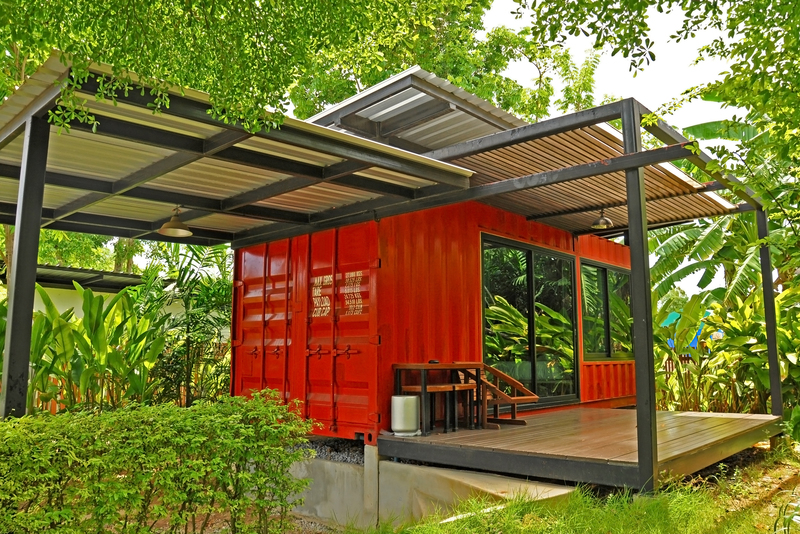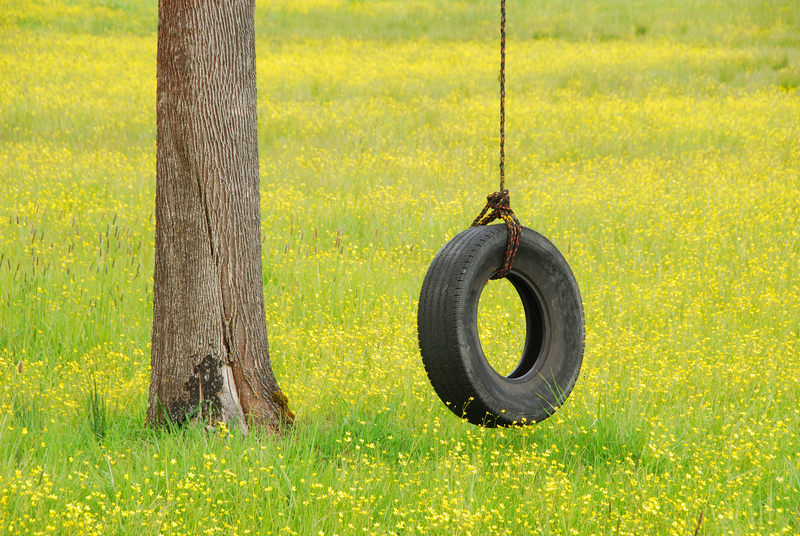How to Choose Skip Bag Sizes
Posted on 02/08/2024
Skip bags offer a versatile and convenient solution for waste management, whether it's for a home renovation, a garden overhaul, or a large-scale commercial project. However, choosing the right skip bag size can be daunting, especially if you're unfamiliar with the range of sizes and what each is suitable for. In this guide, we'll discuss how to choose skip bag sizes to help you find the perfect fit for your waste disposal needs.
Understanding Skip Bag Sizes
Skip bags come in various sizes, generally measured in cubic yards or liters. Common sizes include:
1. Mini Skip Bags: Usually around 1-2 cubic yards. Ideal for small household projects like decluttering or minor renovations.
2. Midi Skip Bags: Typically 4-5 cubic yards. Suitable for medium-sized tasks such as kitchen or bathroom refurbishments.
3. Maxi Skip Bags: Approximately 6-8 cubic yards. Perfect for larger projects like full home renovations or extensive landscaping.
4. Mega Skip Bags: These can go up to 10 cubic yards or more, catering to major construction works and large-scale clear-outs.

Factors to Consider When Choosing Skip Bag Sizes
Understanding your specific requirements is crucial when selecting the right skip bag size. Here are some factors to consider:
1. Project Scope
- Small Projects: Mini skip bags are ideal for small tasks like spring cleaning or small garden clear-outs.
- Medium Projects: Midi skip bags are perfect for moderate undertakings such as room renovations.
- Large Projects: For more extensive projects, maxi and mega skip bags are more appropriate.
2. Types of Waste
Certain skip bags are better suited for specific types of waste:
- General Waste: Usually acceptable in mini to maxi skip bags.
- Heavy Waste: For construction rubble or soil, larger skip bags are preferable.
- Mixed Waste: Determine the type and volume of mixed waste before choosing a larger bag.
3. Space Availability
Before ordering, ensure you have sufficient space for the skip bag placement and collection. Larger skip bags will require more room.
4. Weight Limits
Each skip bag size comes with its weight limit. Overloading can incur extra charges or make collection difficult. Familiarize yourself with the weight restrictions and choose a bag that can accommodate your waste without exceeding the limit.
Tips for Optimizing Skip Bag Usage
1. Organize Waste
- Segregate recyclable items and dispose of them separately.
2. Compact Waste
- Breakdown larger items to save space and optimize the bag capacity.
3. Avoid Overloading
- Always keep the weight limitations in mind to prevent higher fees or collection issues.
Pros and Cons of Skip Bags
Pros
1. Convenience: Easy to place, fill, and collect.
2. Variety of Sizes: Suitable for various project scales.
3. Flexibility: Can be kept on-site as long as needed.
Cons
1. Weight Limits: Overloading can incur additional costs.
2. Space Requirements: Larger bags require more space.
3. Permits: May need a permit if placed on public property.

Takeaways
- Evaluate Your Needs: Assess the type and volume of waste.
- Know the Regulations: Understand local rules regarding permits.
- Plan Proactively: Choose a size that allows for some tolerance beyond your estimate.
Conclusion
Choosing the right skip bag size is essential for efficient waste management. By understanding your project scope, types of waste, space availability, and weight restrictions, you can make an informed decision that minimizes hassle and maximizes efficiency. Remember, proper planning and following usage tips can lead to a smooth and successful waste disposal experience.
Happy decluttering!




